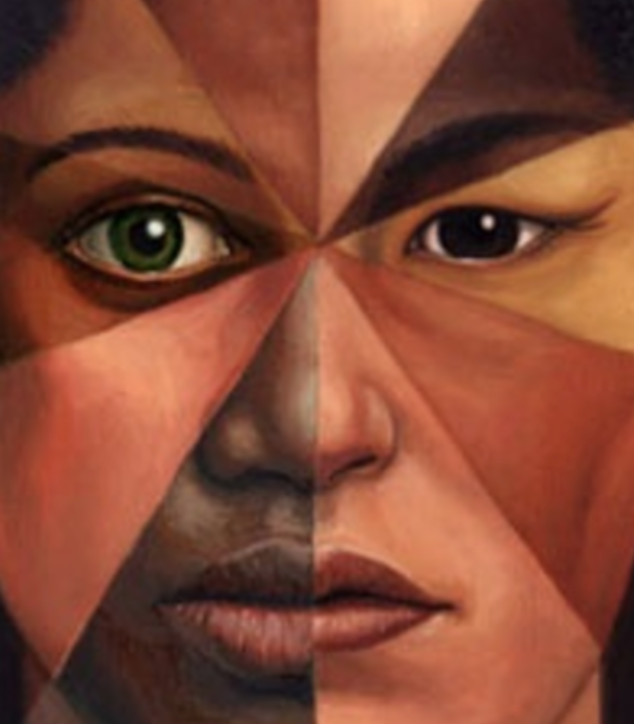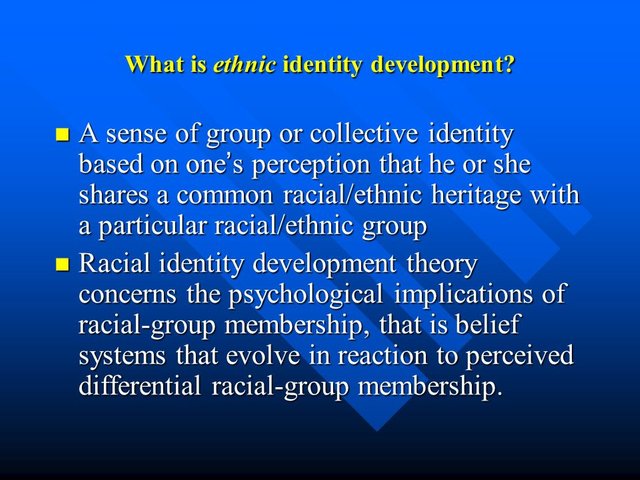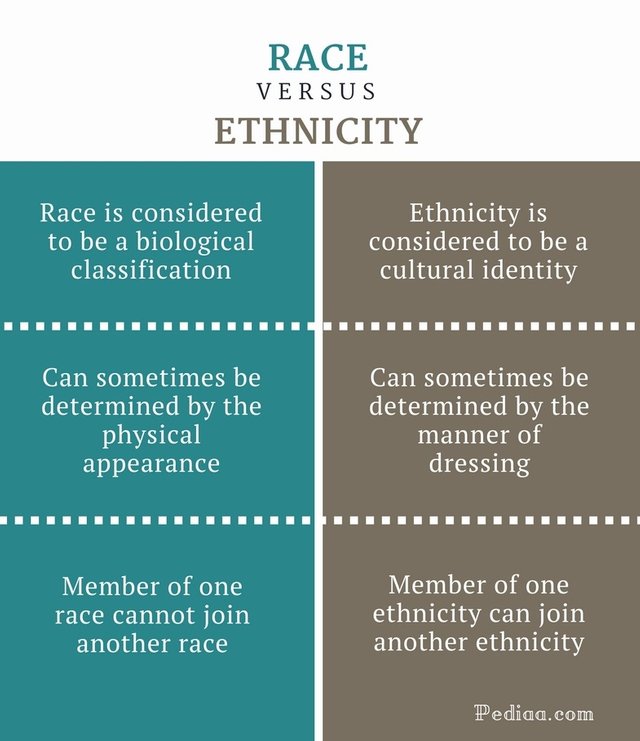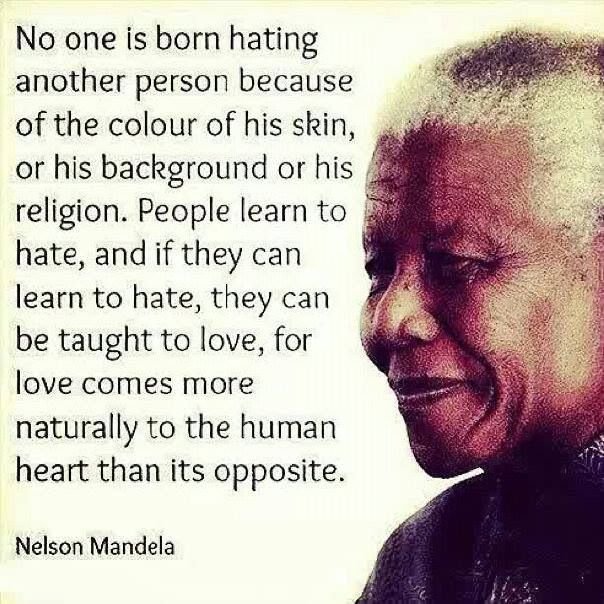Understanding a child’s racial and ethnic identity
Have you ever wondered how a child sees him- or herself with regards to race, ethnicity, color or group?

During childhood, ethnic identity develops gradually. Preschoolers do not really understand the significance of an ethnic group, and do not understand that ethnicity is a lasting feature of the self, although they may label themselves as white, black, brown, Indian, or that they speak English, Spanish, Italian, Zulu or whatever they might have heard from home. It’s very common for young children to think that they may be able to change to something that they admire when they grow up, for example:
- A black girl who says she would like to be white one day so that she could have long, blonde hair; or
- A white boy who says he would like to be black one day so that he can also build beautiful houses and be strong.
See the proof in this cute video:

Because the term ‘race’ has become such a touchy subject all over the world, educators should take care in their reactions and conversations in order not to humiliate or to come across as biased. Educators are trained how to deal with different cultures (multicultural education) and how to teach with respect to different cultures’ religions.

The family and larger social environment also play a major role in the development of children’s ethnic identity. Parents, family members, teachers and other adults can be instrumental in teaching children the strengths and unique features of their ethnic culture and instilling ethnic pride in them.

Interested readers may find more information here:
http://proof.nationalgeographic.com/2013/09/17/visualizing-change/
https://www.ncbi.nlm.nih.gov/pmc/articles/PMC3148822/
https://www.ncbi.nlm.nih.gov/pmc/articles/PMC3941842/
http://repository.upenn.edu/cgi/viewcontent.cgi?article=1203&context=gse_pubs


Nice work! Very thought provoking
Well thought out and nicely written!
Very good article and I love the quote of Mandela, thanks for sharing!